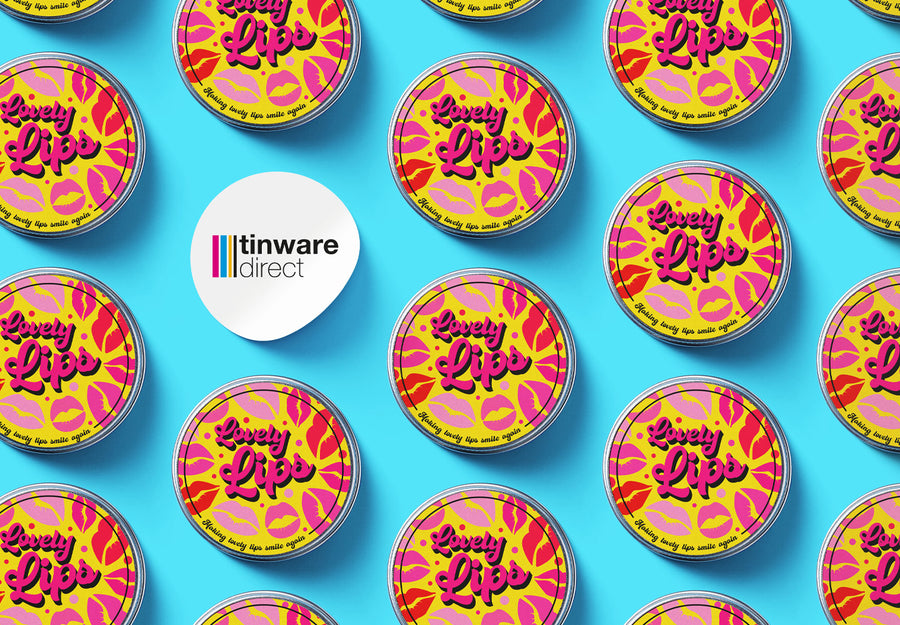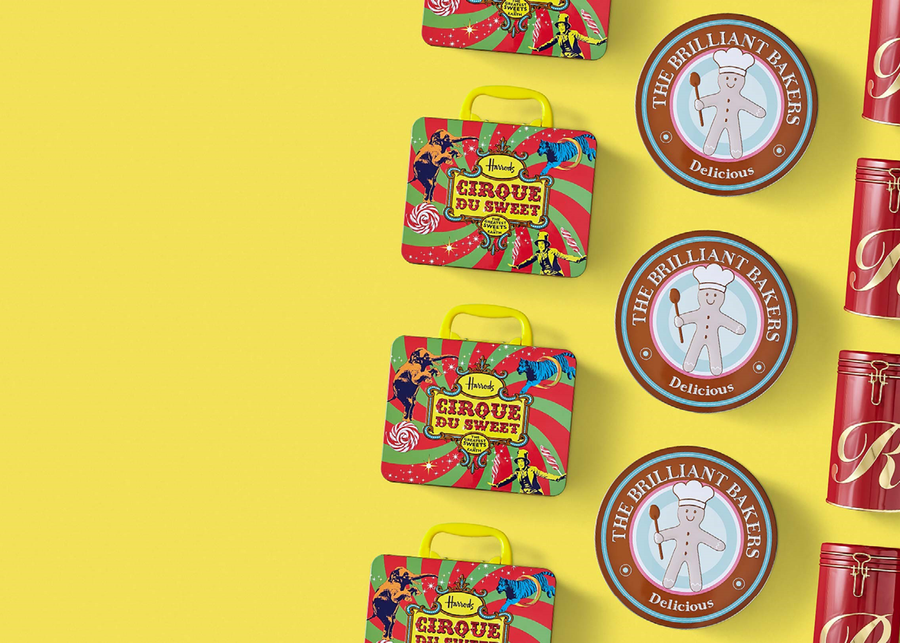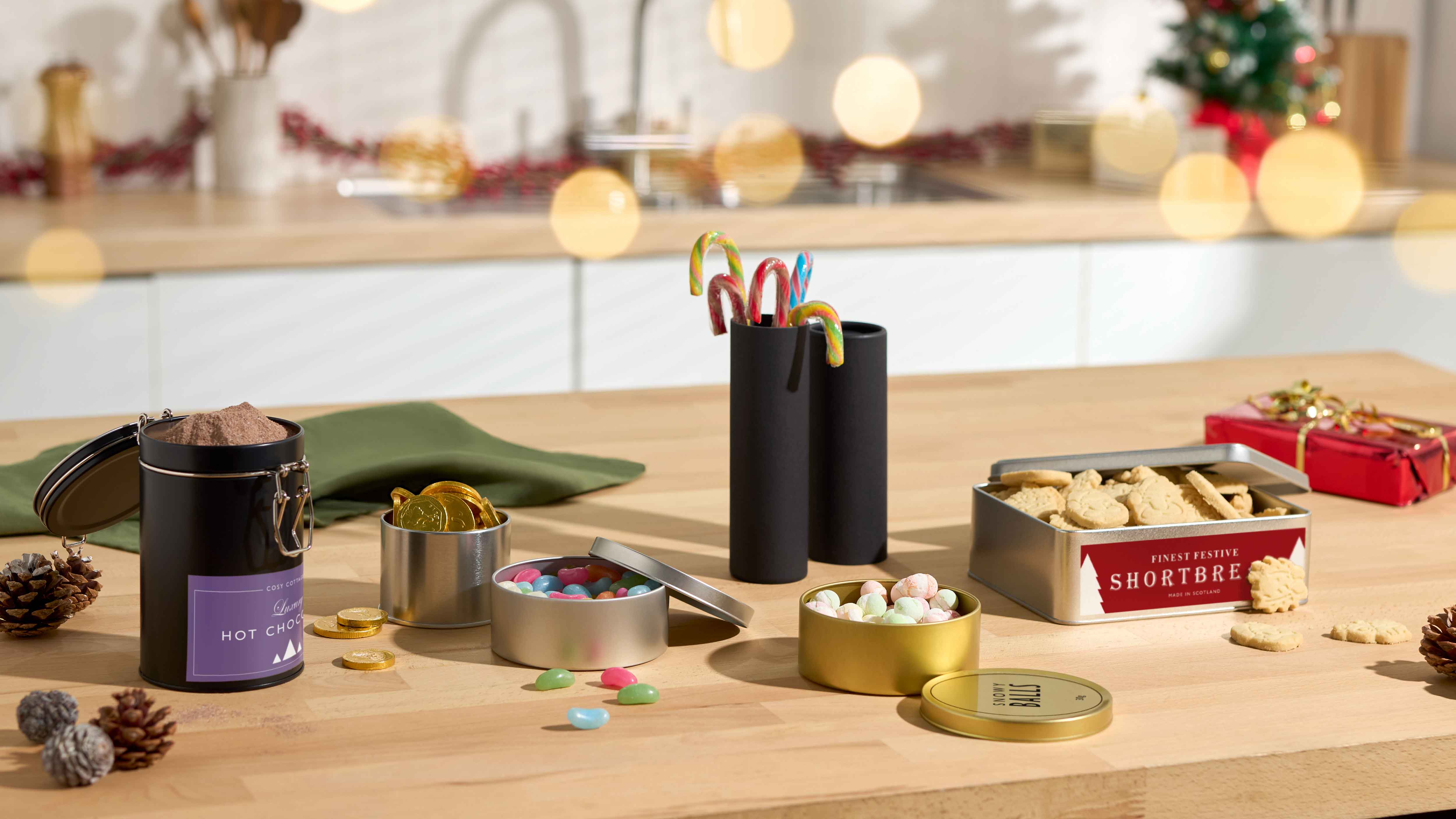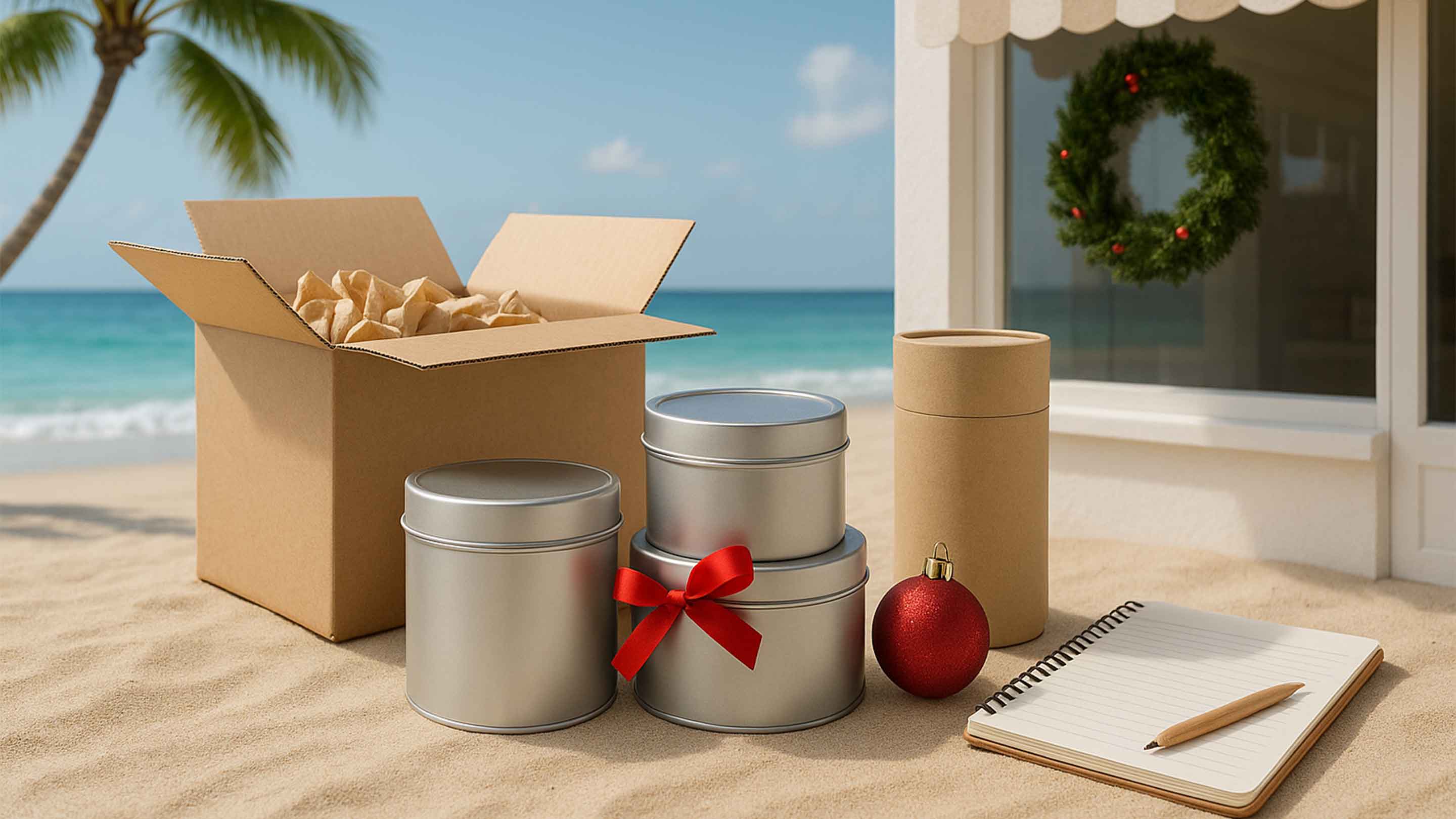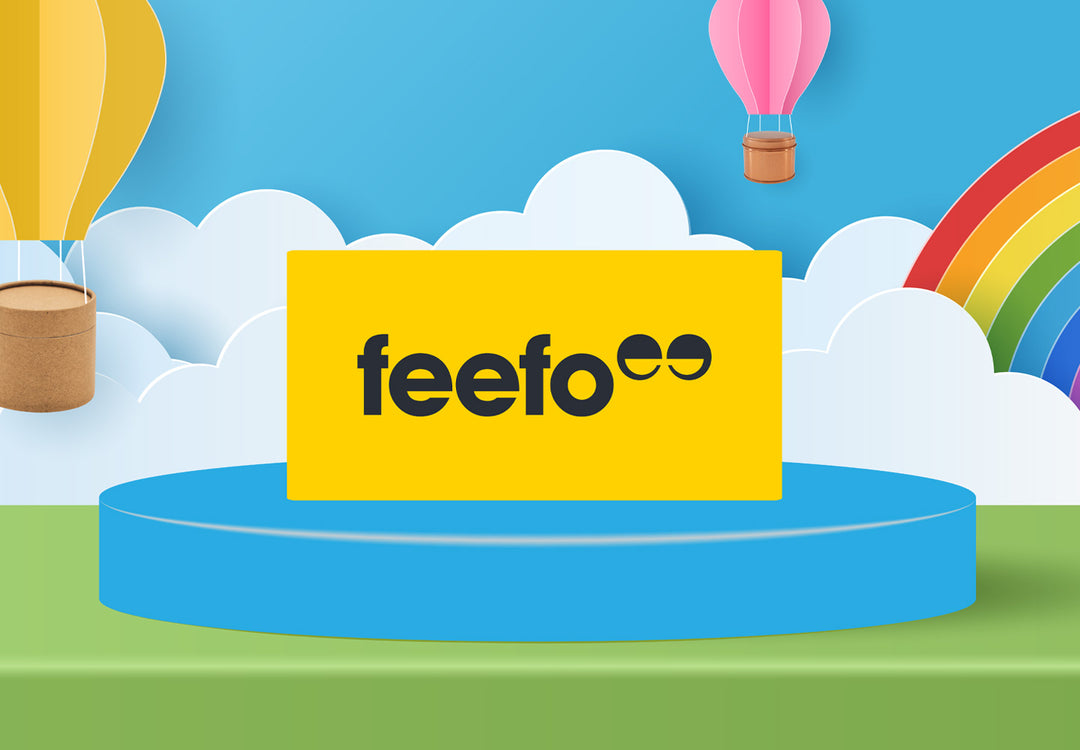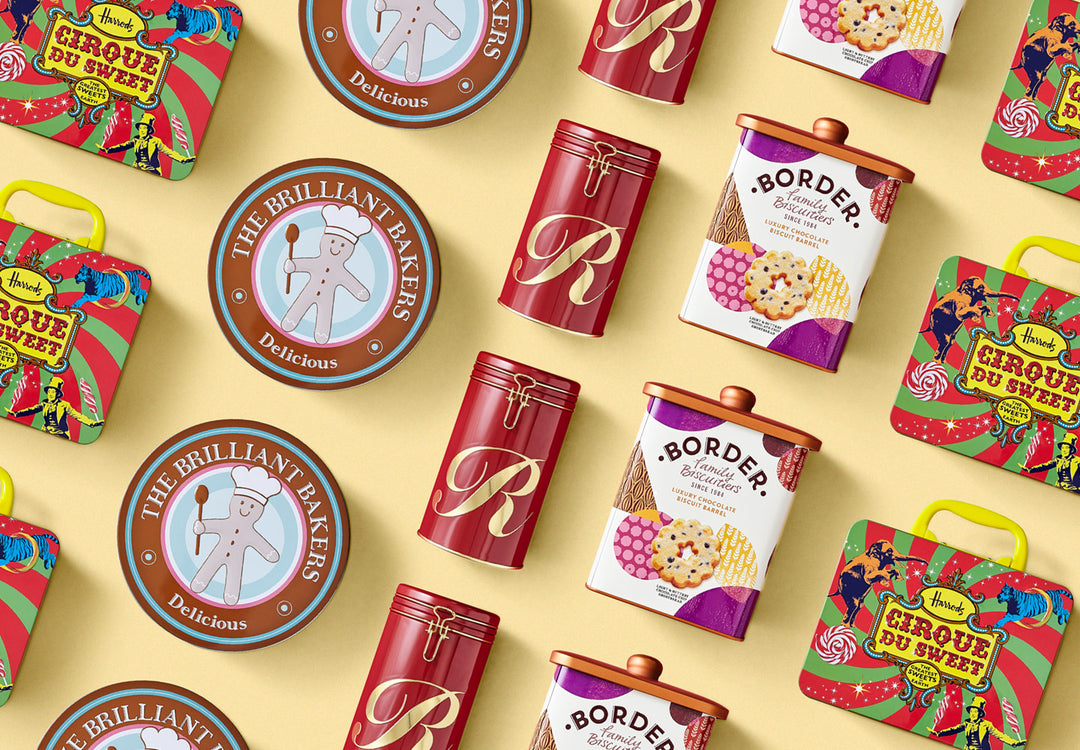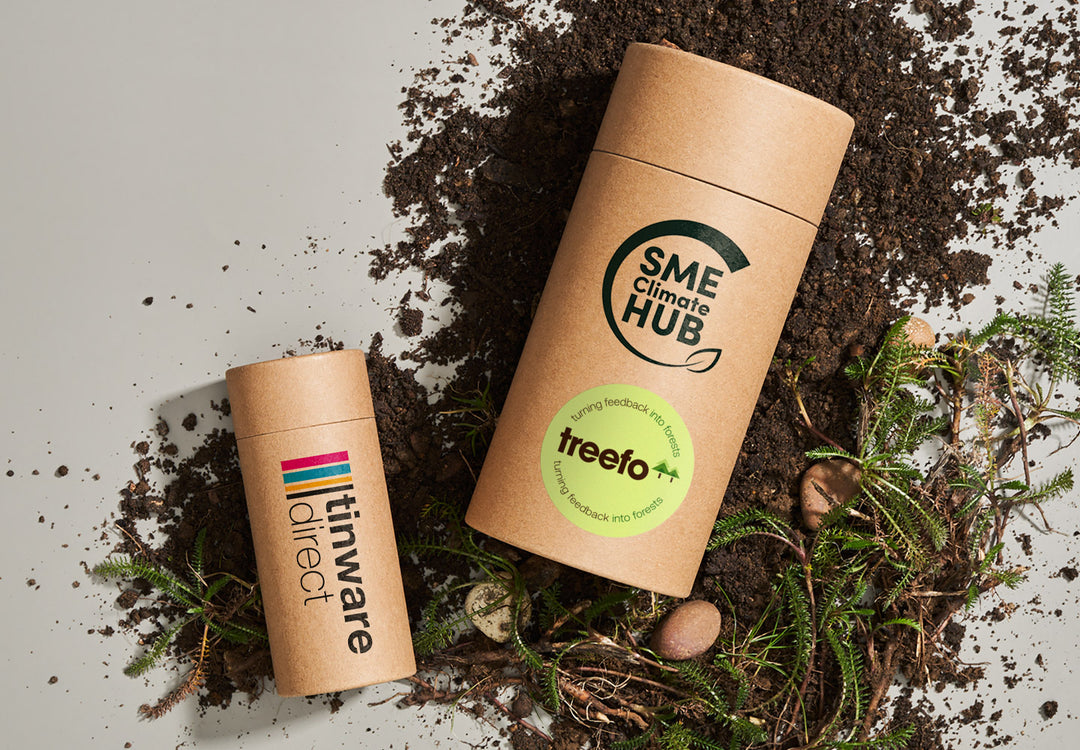Understanding Sustainable Packaging: An In-Depth Look
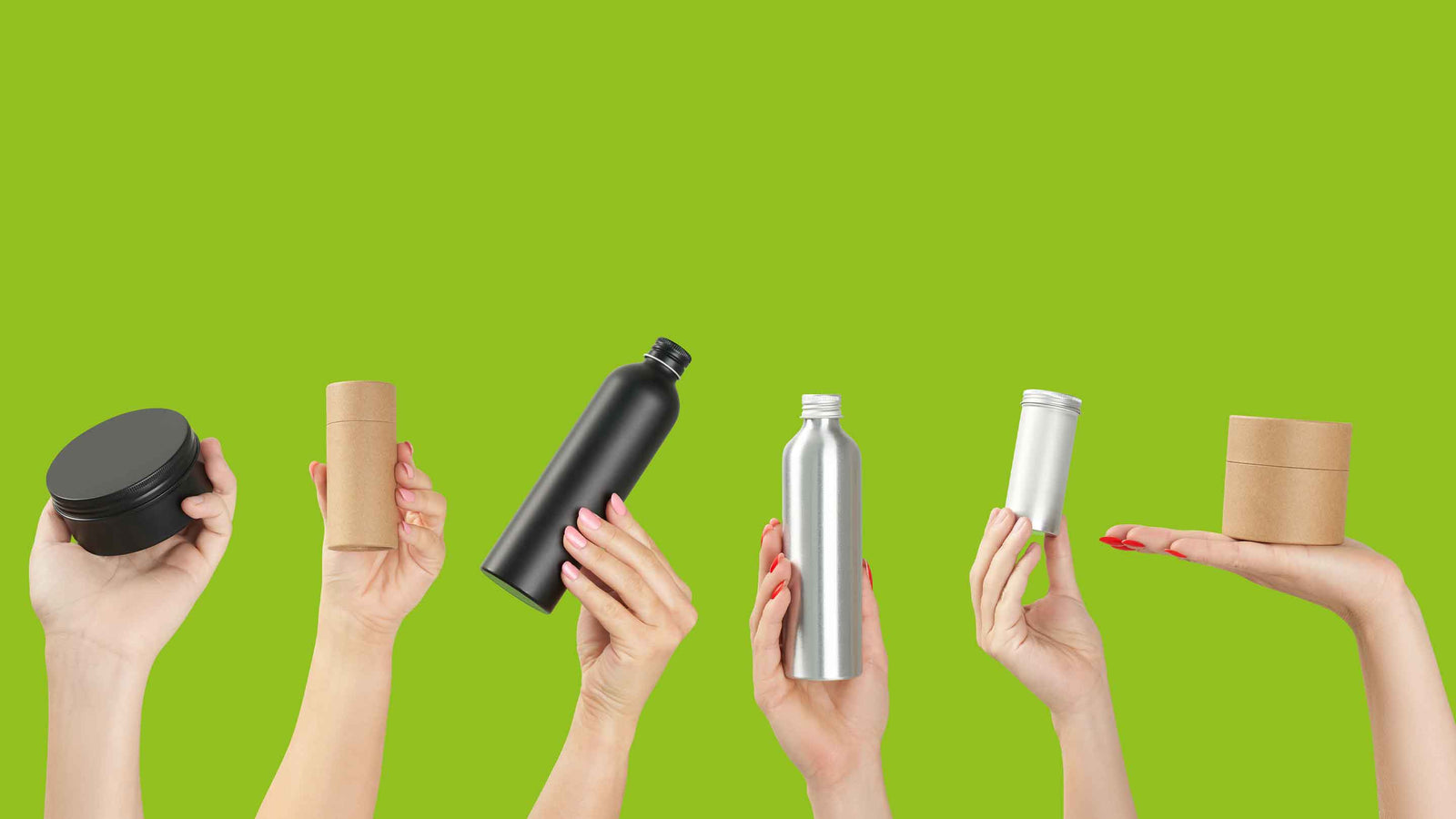
What is Sustainable Packaging?
Recyclable, compostable, and biodegradable packaging might sound similar, but they have distinct differences. Each type of sustainable packaging impacts your brand, customers, and the planet differently.
By 2030, climate change could become irreversible, according to recent statistics. Consumers are aware of this and are keen to adapt their lifestyles, including supporting businesses that make sustainable choices.
Choosing sustainable packaging is a commendable and ethical decision for any business. It aligns with a fundamental economic principle: supply what customers demand. However, it’s crucial to avoid pitfalls like greenwashing and overspending. To navigate this, you need to:
- Understand the various terms related to eco-friendly packaging
- Recognize the importance of these terms
- Learn about the benefits of different sustainable packaging types
In this article, we’ll cover everything you need to know about sustainable packaging.
Sustainable Packaging Explained
Sustainable packaging refers to any packaging design that enhances sustainability. The right packaging choice will have a longer life cycle. Sustainable materials are eco-friendly solutions, typically resulting in a reduced carbon footprint and lower greenhouse gas emissions during manufacturing.
Types of Sustainable Packaging
There are three main types of sustainable packaging that businesses should consider:
Recyclable Packaging
Recyclable materials prevent waste from ending up in landfills by converting waste into new materials. However, not all recycling is equal. For instance, while plastic is technically recyclable, 55% of plastic waste still ends up in landfills. Therefore, exploring alternatives is essential.
Metal Packaging
Both steel and aluminium are infinitely recyclable, meaning they can be reused and repurposed countless times without degrading. Currently, 80% of metal produced is still in use. Other materials, like cardboard, can only be recycled a limited number of times but still offer significant environmental benefits.
Cardboard Packaging
Trees absorb carbon from the atmosphere, and when harvested for packaging, this carbon is locked in for the packaging’s lifespan. Using FSC-certified cardboard products helps plant additional trees, aiding in reversing deforestation and locking in more carbon. Although cardboard eventually biodegrades, it doesn’t pollute oceans or accumulate in landfills like plastic.
Recycling aims to reduce CO2 emissions during manufacturing:
- Aluminium recycling saves 90% of emissions
- Tin recycling saves 70% of emissions
Recycling also conserves other resources. For example, recycling cardboard saves 7,000 tons of water per ton of cardboard. In contrast, recycling plastic generates more CO2 than using new material. While plastic is necessary for many products, it’s not essential for packaging.
Tin, aluminium, and cardboard are recyclable materials that support the circular economy and benefit the environment. Bioplastics are also becoming common in packaging products like aluminium bottles.
Key Recycling Statistics
- 48% of EU municipal waste was recycled in 2020.
- Since 2000, waste sent to landfills in Europe has decreased by over 50%.
- Only eight European countries have recycling rates above 50%.
- The recycling rate for metal across Europe is 79%, making it the most recycled material.
- Every ton of recycled steel saves 1.67 tons of CO2.
Benefits of Recycling
- Reduces carbon emissions
- Certain materials, like carbon, can lock in carbon for years or decades
- Tin and aluminium can be recycled indefinitely, supporting the circular economy
- Conserves natural resources like timber and water
Biodegradable Packaging
One of the major environmental challenges today is the vast amount of waste that ends up in landfills. In 2020, 18% of all waste in Europe was sent to landfills. To mitigate this, it’s crucial to consider packaging that biodegrades.
Biodegradable packaging is made from natural materials that decompose naturally and in an eco-friendly manner. Under the right conditions, microorganisms break down these materials. Since biodegradable products degrade over time, they don’t clog landfills and help reduce waste generation. Additionally, they save energy and oil during production.
Biodegradable products also produce lower pollution levels. Many of these materials break down into non-toxic components, reducing pollution in water and air.
However, there are some considerations when choosing biodegradable packaging:
- Biodegradable materials may only decompose under specific conditions, such as certain temperatures or chemicals. If left in a landfill, they might leave behind tiny plastic pieces.
- The term “biodegradable” is broad and can refer to various products, some more environmentally friendly than others.
- The decomposition time for biodegradable packaging varies widely, from weeks to decades, depending on the material and conditions.
Despite these points, biodegradable packaging remains a green-friendly option for companies, with benefits outweighing the drawbacks.
What Are Bioplastics?
Bioplastics are made from biological substances instead of petroleum. A plastic is considered biodegradable if it can dissolve in water, biomass, or carbon dioxide within a set timeframe. The biodegradability of a material depends on its composition, production process, and treatment options.
Polylactic acid (PLA) is a commonly used bioplastic due to its ease of processing. In the packaging industry, PLA is often used for windows on sweet or food packets. PLA packaging is also compostable under industrial conditions and does not produce toxic fumes when destroyed. On average, biodegradable plastic products generate 68% less greenhouse gases compared to petroleum-based products.
It’s advisable to contact suppliers marketing biodegradable packaging to learn about the materials and their decomposition times to ensure they are suitable for your brand.
Biodegradable Statistics
- The demand for biodegradable plastics grew by an estimated 9% annually between 2018 and 2023.
- By 2025, the bioplastics industry is expected to be worth $27.9 billion USD.
- By 2030, bioplastics will account for 10% of total plastics used.
- The rigid packaging sector drives global demand for bioplastics, accounting for 57% of production.
- PLA is projected to achieve the highest revenue growth rate between 2020 and 2027.
Benefits of Biodegradable Materials
- Biodegradable products break down and don’t accumulate in landfills or pollute oceans.
- They lead to less waste production and lower greenhouse gas emissions.
- Using biodegradable products increases fuel efficiency as the production process requires less energy.
- Many biodegradable materials are also compostable.
Understanding Greenwashing
Greenwashing is a practice where brands market themselves as environmentally friendly without making any real, significant, or measurable environmental impact. This is a concern in the packaging industry, where many organizations incorrectly label or market their packaging as:
- Sustainable
- Green
- Environmentally-friendly
- Compostable
- Degradable
- Recyclable
To combat greenwashing, governments have introduced official certifications for sustainable packaging. For example, certified compostable packaging will display a specific symbol (e.g., the Seedling Symbol).
If you’re unsure whether a product is compostable, check with your supplier or use an official database from organizations like Din Certco and OK Compost. Official certification is the only way to ensure that packaging is genuinely “environmentally-friendly” or “sustainable.”
Tips for Choosing the Right Sustainable Packaging
Choose Certified Products Whether you opt for tin, aluminium, cardboard, or craft paper packaging, ensure these products have official certification. This certification will confirm that they are recyclable, compostable, or biodegradable. If in doubt, contact your supplier to verify the certification.
Think Beyond the Materials When aiming for sustainability, consider more than just the packaging materials. Research suppliers to ensure they are genuinely committed to environmental preservation and can offer a partnership you can be proud of.
Don’t Be Swayed by Low Cost While low-cost sustainable packaging is available, it may not be the best option for your brand or customers. Investing more in high-quality sustainable packaging can demonstrate your brand’s commitment to a greener future.
Learn More
We hope you found this article informative. At Tinware Direct, we strive to provide the best green packaging choices for your brand. Are you looking for the perfect packaging for your products? Get in touch, and we’ll be happy to assist you.
FAQs
What is Sustainable Packaging? Sustainable packaging refers to any packaging material that is eco-friendly and supports the circular economy. This typically means it is recyclable, reusable, or biodegradable.
Is Glass Packaging Sustainable? Glass packaging is generally considered sustainable. However, its weight can increase carbon emissions during transportation.
How Much More Expensive Is Sustainable Packaging? While 43% of brands are concerned about the cost of sustainable packaging, it isn’t always more expensive. In the long run, it can save money. In the short term, you can reduce costs by finding the right supplier.
How Can Packaging Be More Sustainable? To make your packaging more sustainable, focus on lighter materials, single-material designs, and efficient manufacturing processes. Avoid wasting materials by choosing the right material for each product.
How Does Sustainable Packaging Help the Environment? Sustainable packaging helps the environment by:
- Reducing waste in landfills
- Lowering carbon emissions throughout the supply chain
- Supporting a circular economic model where minimal materials are wasted
